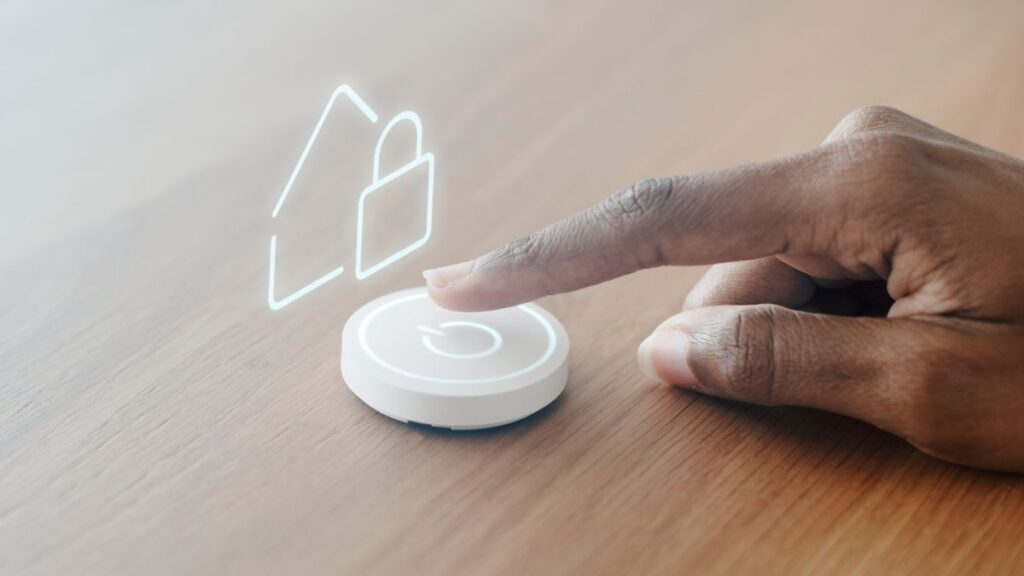Home technology advancements are transforming residential security, offering homeowners opportunities and challenges. Smart devices and robust digital defenses empower homeowners to take charge of their home’s safety. Understanding these innovations is essential for proactive security in the digital age. This article explores influential home security trends in 2025.
Enhanced Cybersecurity Measures
The rise of smart devices in homes has heightened cybersecurity concerns, prompting companies to prioritize robust strategies like encryption, secure cloud storage, malware protection, regular software updates, and multi-factor authentication. Homeowners must also partner with reputable security providers like Denver Security Systems, which offer ongoing support, guidance on best practices, and recommendations for optimal device settings. As cybercriminal tactics grow increasingly sophisticated, these measures are vital for ensuring that the digital front door to your home is just as secure as the physical one.
Smart Home Integration
Modern homes are increasingly interconnected, with security systems linking cameras, smart locks, motion detectors, lighting systems, and climate controls. This centralization allows homeowners to monitor activity, set schedules, and receive alerts on their devices. Integration with voice assistants and third-party devices enhances security, making it an intuitive part of daily life.
AI-Powered Surveillance
Artificial Intelligence is driving advanced home surveillance technologies, using real-time analytics to deliver accurate threat detection. These systems can distinguish between passing cars, pets, or strangers, reducing false alarms. AI learns property patterns, flagging unusual events for quick response. Features like facial recognition and object detection alert homeowners or authorities. These tools strengthen proactive security strategies, resulting in faster police response and more effective incident resolution.
Biometric Security Systems
Biometric technology is becoming a crucial part of home security. It utilizes non-replicable characteristics like fingerprints, iris scans, or facial geometry to confirm user identity. This technology ensures only authorized residents can access sensitive spaces, reducing vulnerabilities and providing a customized security experience suitable for households of all sizes, especially those with children or caregivers.
DIY Security Solutions
Consumers increasingly adopt DIY security systems, offering complete control without professional installation. These systems include wireless cameras, door sensors, and smart alarms, allowing homeowners to build a system that fits their budget and needs. Many come with user-friendly apps, enabling easy updates and repairs.
Environmental Monitoring
Traditional security systems now focus on environmental safety, integrating smoke alarms, carbon monoxide detectors, radon sensors, and smart water leak detectors into central systems. These systems provide immediate alerts, allowing homeowners to respond to emergencies. This approach prioritizes property safety and health, fostering a culture of prevention and readiness.
Voice-Controlled Security Systems
In 2024, voice assistant technology will become a practical security feature, allowing hands-free control of home security systems. This will especially benefit families with young children, elderly members, or busy schedules. Advances in voice recognition will improve security by distinguishing family members from outsiders.
Community-Based Security Networks
The digital age has transformed neighborhood watch programs into tech-driven platforms, promoting real-time transparency and collaboration. Apps like Neighbors by Ring and Nextdoor allow residents to share news about suspicious activity, enhancing community communication and law enforcement response times. Homeowners can create safer living environments by combining AI, biometrics, DIY solutions, cybersecurity, environmental monitoring, voice control, and community-based networks.






